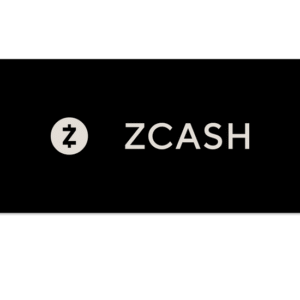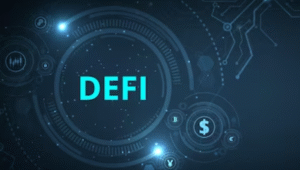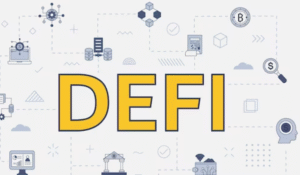$ETH $SWIFT #Ethereum #Stablecoin #Blockchain #Finance #CryptoAdoption #DigitalAssets #GlobalBanking #InternationalPayments #Innovation #ConsenSys
How Could SWIFT’s Ethereum Stablecoin Test Revolutionize Global Banking?
In a significant move that is making global news, SWIFT has initiated tests involving Ethereum stablecoin payments on ConsenSys’ Linea. This groundbreaking effort aims to bridge the gap between traditional finance and digital assets, particularly in the realm of international transactions. By harnessing the power of blockchain technology, SWIFT is exploring a future where cross-border payments can be executed with greater efficiency and security.
The implications of this test are profound. With the increasing demand for faster and more cost-effective payment solutions, SWIFT’s exploration of Ethereum stablecoins could potentially transform the landscape of global banking. Traditional wire transfers often involve lengthy processing times and high fees. In contrast, blockchain-based solutions have the potential to streamline these processes, offering near-instantaneous transactions at a fraction of the cost.
The Role of Ethereum in Modern Finance
Ethereum’s smart contract functionality is a crucial aspect of this innovation. By utilizing smart contracts, SWIFT can automate various processes involved in cross-border transactions. This not only enhances speed but also reduces the likelihood of human error, making transactions more reliable. Moreover, Ethereum’s growing ecosystem of decentralized finance (DeFi) applications could provide additional tools for financial institutions to manage their assets and liabilities more effectively.
Furthermore, the integration of Ethereum stablecoins offers the stability of traditional currencies while leveraging the advantages of blockchain technology. This could lead to increased trust and adoption among both consumers and financial institutions, further solidifying the role of cryptocurrencies in mainstream finance.
Interoperability: The Key to Success
One of the primary hurdles in the adoption of blockchain technology in traditional finance is interoperability. SWIFT’s collaboration with ConsenSys represents a significant step toward achieving this goal. By testing stablecoin payments on Linea, SWIFT is not only evaluating the feasibility of using Ethereum but also exploring how to connect various blockchain networks with existing financial infrastructures. This interoperability will be essential for the seamless integration of digital assets into the global banking system.
As SWIFT continues to innovate, financial institutions around the world will likely take notice. The successful implementation of Ethereum stablecoin payments could serve as a catalyst for other banks and payment providers to adopt similar technologies. In doing so, they could enhance their offerings and remain competitive in an increasingly digital economy.
The Future of Global Transactions
Looking ahead, the potential for Ethereum stablecoin payments to revolutionize global transactions is immense. As more institutions recognize the benefits of blockchain technology, we can anticipate a shift in how international payments are conducted. This transition could pave the way for a more inclusive financial system, where individuals and businesses can transact with reduced barriers and enhanced security.
For those interested in the evolving landscape of cryptocurrency and finance, staying informed is crucial. You can explore more about this topic and related developments in the cryptocurrency sector through our extensive resources on financial news.
In conclusion, SWIFT’s Ethereum stablecoin payment test marks a pivotal moment in the ongoing convergence of traditional finance and digital assets. As the world watches, the outcome of this initiative could redefine the way we think about money, transactions, and the future of banking. For more insights into the latest trends in cryptocurrency, you can also check out Binance’s offerings to stay ahead in this rapidly evolving market.











Comments are closed.